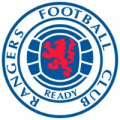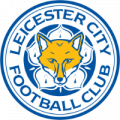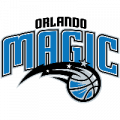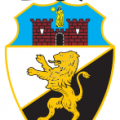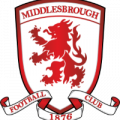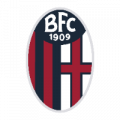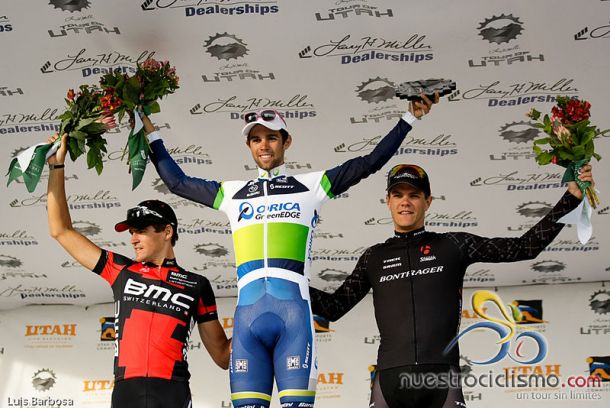Australian Michael “Bling” Matthews (Orica GreenEDGE) is one of the most promising young stage winners in the professional peloton. The 23 year old has largely made his name as a sprinter, yet while he is a very fast finisher he can’t quite match the top end speed of the elite pure sprinters. Instead it is Matthews’ versatile skill set that makes him stand out, and ensures that he will be a contender for some of cycling’s biggest prizes in the years to come.
Matthews won the 2010 under-23 World Road Race Championship in Geelong, Australia, which was held a mere six days after he turned 20. He then moved up to the World Tour in 2011 with the Dutch Rabobank Cycling Team in 2011, and enjoyed immediate success as he won the 3rd stage of the 2011 Tour Down Under, finishing ahead of Andre Greipel and Matthew Goss. Matthews would win twice more in 2011, and again in 2012 prior to his move to Orica GreenEDGE.
Matthews came close a few times in the first half of 2013, before claiming his first success for the Australian team with two stage wins in the Tour of Utah. He then made his Grand Tour debut in the Vuelta a Espana where he took another brace of wins and established himself as the fastest sprinter in the race. However the Spanish Grand Tour has not tended to attract a strong field of sprinters in recent seasons, and 2013 was no exception. For a sprinter who climbs well, such as Matthews in 2013, or John Degenkolb in 2012, it offers the opportunity to claim some prestigious results, while at the same time gaining Grand Tour experience in a less pressured environment than the Tour de France.
Matthews served notice of his climbing skills back in 2010 at the Tour de L’Avenir, a prestigious, and often mountainous French stage race for under-23 riders. Matthews claimed 8th overall, ahead of noted climbers John Darwin Atapuma and Wilco Kelderman, and finished 6th on both summit finishes in Risoul.
At the 2013 Tour of Utah, Matthews showcased his climbing skills on the final stage. He escaped with a large breakaway group, seeking to secure the points necessary to win the points classification, once he'd done that Matthews clearly decided to enjoy himself. On the Empire Pass climb, the final 13km of which have a gradient of about 7.5%, Matthews rode away from his remaining breakaway companions. While he was eventually caught and passed by the GC riders, it was a terrific performance from a “sprinter”.
Matthews started this season as a strong domestique for Simon Gerrans in the Tour Down Under, but his form has slowly been building for the Giro d’Italia. He looked good once the climbing began in Paris-Nice, picked up wins in the Vuelta al Pais Vasco and Vuelta a La Rioja, then finished 2nd in the De Brabantse Pijl and 12th in the Amstel Gold Race, both hilly one-day races. The Amstel Gold Race is one which should suit the Australian in the future, but he was riding in support of team leader Simon Gerrans this time.
With the Giro d’Italia expected to attract a strong field of sprinters, Matthews will be an outsider for the bigger bunch sprints that come early in the race. While he will be a contender for a podium place in those bunch sprints, winning against the elite pure sprinters is a tall order. However, on the tougher finishes or more mountainous stages, Matthews is capable of being to the fore in the finale, while many others cannot; he will have his opportunities.










